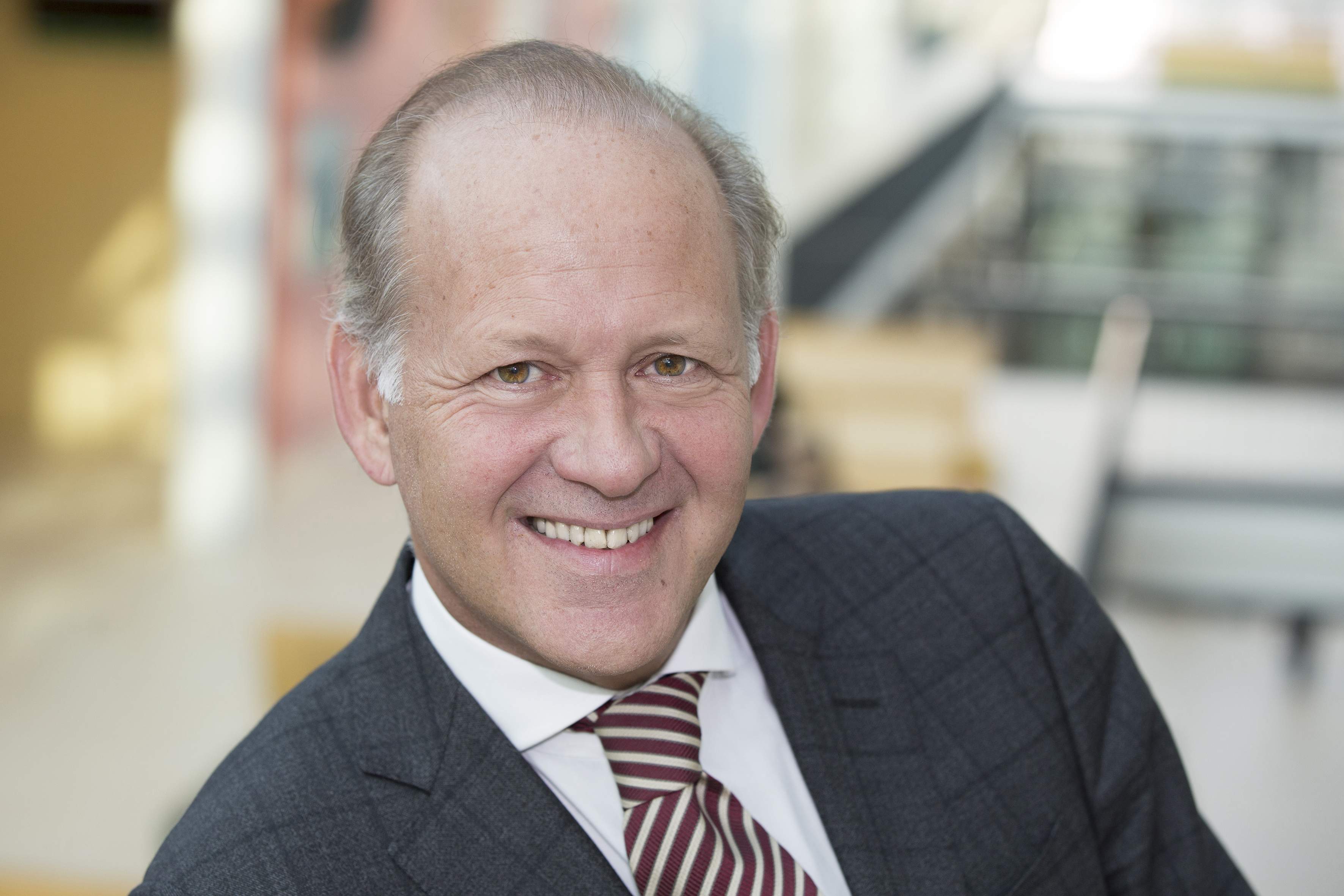Whatever ails you – caries or periodontitis – the Clinical Division of Periodontology cares for your teeth according to the newest international standards.

The aim of the Clinical Division of Periodontology is to preserve the healthy tooth substance as long as possible with the help of the newest insights from dentistry. We remove tooth material that may be affected by caries and apply tooth-coloured filling materials, such as composites, to the affected areas. We fill larger gaps with inlays, overlays, crowns or bridges, produced by our in-house dental lab. These restorations conform to current international standards and are almost invisible. Healthy teeth also need healthy anchoring in the dentition. Our Division of Periodontology is the contact point for all those who have problems with the periodontium. Our experts in periodontology provide extensive conservative as well as surgical periodontal therapy according to the newest international standards. An important part of our division’s tasks is education. With “chair-side teaching”, prospective dentists receive profound practical training. Professors and junior dentists advise and teach dentistry students chair-side.

Univ. Prof. DDr. Andreas Moritz
Head of the Clinical Division of Periodontology

Univ.-Prof.in Univ.-Doz.in Dr.in Xiaohui Rausch-Fan
Deputy Head Periodontology
For the restoration of damaged teeth, at the University Clinic of Dentistry we only rarely use silver-coloured fillings. Tooth-coloured plastic fillings or inlays and crowns made of full ceramics preserve an aesthetic dentition. These fillings are highly stable and withstand chewing pressure very well.
To remove caries, we not only use classic abrasive substances but also laser, which enables an almost painless treatment in most cases.
The Clinical Division of Tooth Conservation and Periodontology runs a Special Clinic for Aesthetic Dentistry. Its aim is to provide everything to make teeth appear immaculate and white again.
Modern dentistry uses various methods and materials to restore even highly defective dentitions. In close connection with the international scientific community, our patients receive conservative care, conforming to the newest standards.
With the modern methods of digital dentistry, we can spare our patients conventional impressions, for which the dentition is moulded using a tray and impression material. The most modern scanners capture the teeth very quickly down to the micrometre and enable a precise digital 3D image of the affected areas. Using this 3D image, the restorations are planned by our in-house dental lab on the computer and produced with the most modern equipment and the best materials. At the School of Dentistry Vienna, we actively promote digital medicine with an own special clinic.
Laser technology can be used in a variety of ways in modern dentistry. Therefore, the School of Dentistry Vienna has its own Special Clinic for Laser Dentistry. With laser, caries can be removed almost painlessly in most cases. In addition, it is very effective for root treatments. Aesthetic dentistry is hard to imagine without lasers: for bleaching (tooth whitening), laser achieves much better results in a shorter period of time.
Immaculately white teeth do not just stand for beauty, but also signalise health, vitality and success. This is why many people would like to have whiter teeth that are not discoloured. At our Special Clinic for Bleaching we offer mild but effective methods of tooth whitening.
When bacteria attack the inside of the tooth (pulp) through carious lesions and through the enamel and dentine, this can lead to inflammations. A root canal treatment can save the affected tooth in many cases so that it does not have to be removed. During a root canal treatment, the inflamed tissue is removed, the canal is thoroughly disinfected and filled with a well-fitting filling so that no bacteria can enter anymore.
At our Special Clinic for Endodontics, we use the most modern surgical microscopes to ensure the highest level of precision. The newest endodontic instruments and filling materials keep the treatment short.
Range of Services for Periodontology and Prophylaxis
Bleeding gums, periodontal pockets, swelling or receding gums, as well as halitosis, are an indication for diseases of the periodontium. These diseases can be treated by our specialist team even in very severe cases.
Our specialists examine the gums and periodontium clinically and radiologically. Through a screening process, a first diagnosis can be established and a treatment plan can be determined.
When the gums have receded so much that the root surface is exposed, this is called periodontal recession. In many cases these recessions are due to dental malpositions, periodontitis, overlapping filling margins, piercings or an incorrect cleaning method.
Teeth with recessions are not just an aesthetic problem, they are often over-sensitive and have a higher risk of root caries. Sufficient oral hygiene may also be difficult in such areas. The need for treatment, as well as the prognosis for a coverage of the root surface, must be discussed individually in our clinic for aesthetic and medical periodontal corrections.
Mucositis and peri-implantitis are inflammations around dental implants affecting either just the soft tissue or the bone as well. When left untreated, peri-implantitis leads to the loss of the implant. Mucositis, a preliminary form of peri-implantitis, can be successfully treated in most cases.
Together with the Division of Oral Surgery, we treat affected patients and implement conservative and surgical therapies, to save the implants, if possible.
Bacterial plaque can cause caries and/or gum diseases. Targeted prophylactic measures can prevent these diseases in most cases.
A professional tooth or implant cleaning consists of removing plaque and polishing teeth and implants along with a fluoridation treatment. This dental prophylaxis is individually adjusted to your needs and implemented according to current scientific standards. In addition, our professionally trained prophylaxis assistants advise patients on their individual risks. Our professionally trained prophylaxis team also advises you how to best care for your teeth at home and which measures, from toothpaste to floss, are best suited for you.
Scientific Focus
A special focus of the University Clinic of Dentistry is the education and training in the field of laser dentistry, which is also the most important research area of the Clinical Division of Conservative Dentistry. The “International Society for Oral Laser Applications” (SOLA) has its seat here.
The concentrated knowledge on the newest, scientific findings of international experts in this field directly benefits the patients at the University Clinic of Dentistry Vienna.
Making an Appointment
Head of Clinical Division: Univ. Prof. DDr. Andreas Moritz
Deputy Head of Clinical Division Periodontology: Univ.-Prof.in Univ. Doz.in Dr.in Xiaohui Rausch-Fan
Mon - Fri: 8 am - 4 pm
Mon - Sun: 8 am - 1 pm

